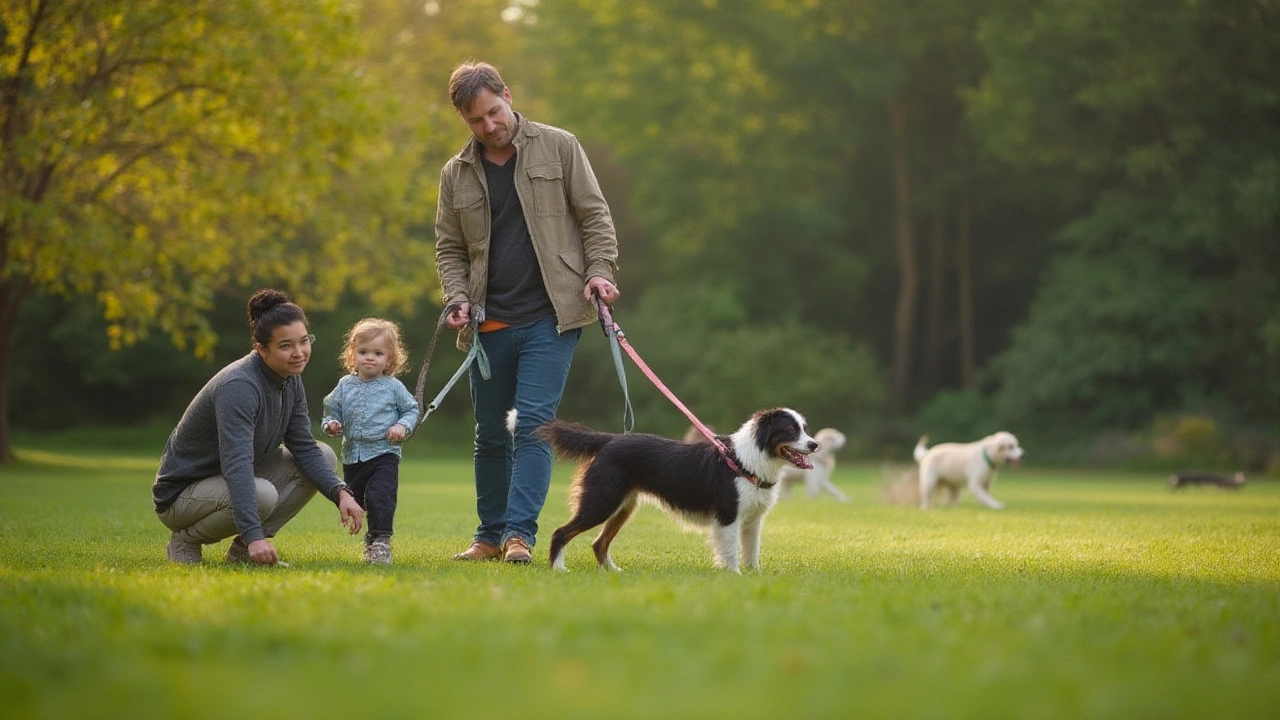Professional Dog Trainer Tips You Can Use Right Now
Feeling stuck with a stubborn pup? You’re not alone. Even seasoned owners hit roadblocks, but a few proven tricks can turn the tide. Below are the core ideas pro trainers rely on, broken down so you can apply them today without a fancy diploma.
Key Training Principles
First, think of training as a two‑way conversation, not a lecture. Dogs learn best when they know what you want and when they get quick, clear feedback. Keep sessions short—five to ten minutes—and end on a high note. A happy pup is more likely to repeat the behavior.
Use positive reinforcement every time. That means rewarding the action you want with treats, praise, or play, and ignoring the actions you don’t. Punishment only creates fear and can mask the real problem. If you catch your dog mid‑mistake, redirect to a good behavior and reward the redirection.
Consistency is king. Everyone in the household must use the same cue words and rewards. If one person says “sit” and another says “down” for the same action, the dog gets confused and progress stalls. Write down the cues you’ll use and stick to them for at least two weeks before changing anything.
Everyday Tips from the Pros
1. Target training: Teach your dog to touch a hand‑held target (like a sticky note) with their nose. It’s a low‑stress way to guide them into any position—sit, stay, or even “go to your mat.” Once they understand the touch, you can move the target around to shape more complex moves.
2. The “Leave It” game: Place a tasty treat on your palm, close your fist, and wait. When the dog stops trying to get it, say “yes” and open your hand to give a different treat. This builds impulse control and works for everything from food to jumping on guests.
3. Use a marker word: A quick “yes!” or a clicker signals the exact moment the desired behavior happens. It sharpens the dog’s understanding and speeds up learning. You don’t need a clicker; a sharp “yes” works just as well.
4. Practice in real life: After a successful indoor session, take the cue to the park or a busy street. Dogs often behave differently when distractions increase. Start with low‑distraction places and gradually add more challenges.
5. End with a fun routine: Finish each training block with a game your dog loves—fetch, tug, or a quick chase. It reinforces that training is a rewarding part of daily life, not a chore.
Remember, progress isn’t always linear. Some days your dog will nail a trick; other days they’ll ignore it. That’s normal. Keep the tone upbeat, stay patient, and celebrate tiny wins. In a few weeks you’ll see a calmer, more obedient companion who enjoys learning as much as you do.

Best Dog Training Collars: What the Pros Recommend in 2025
Looking for the best dog training collar? Trainers weigh in on expert picks, safety tips, and what really works for results in 2025.
View more